stock here. Been watching Mauna Loa for like a month, there is unusual activity. Today saw 2 high altitude earthquakes (magma movements). The solstices and equinoxes are inflection points for the earth movement relative to the sun. As such they often have earthquake / volcanic events associated with them.
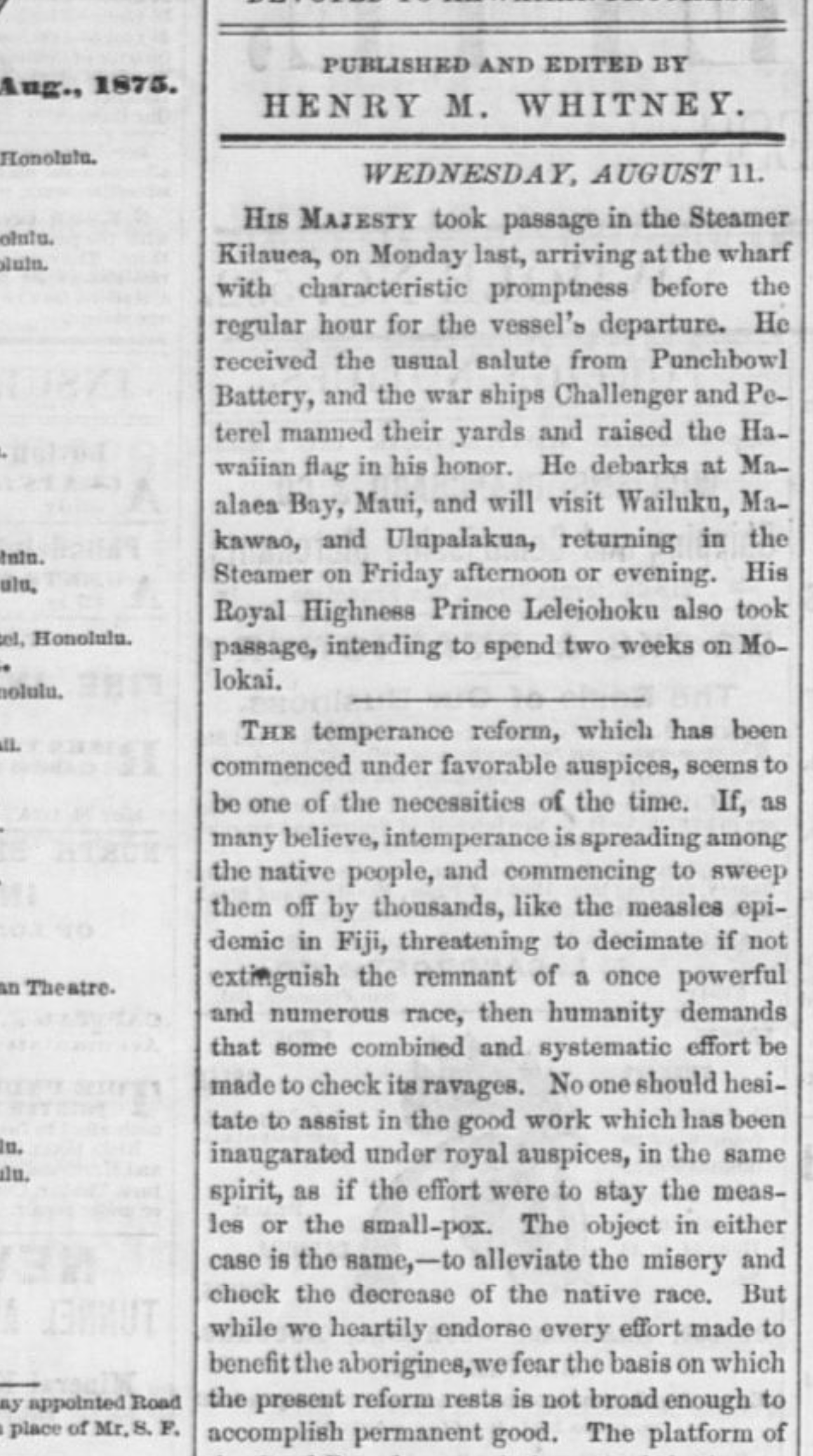
Mauna Loa used to be more active in the early 1900’s. The relative dearth of activity in the “modern warm period”. I researched a particular eruption on August 11, 1875 and came across the Hawaiian Gazette, a very interesting view into history. King Kalakaua wrote this on the same day (see clip) “The free offering of a treaty of commercial reciprocity is another act of graciousness, as formerly you lifted us from the bonds of heathenism, and now from national poverty.”
https://chroniclingamerica.loc.gov/lccn/sn83025121/1875-08-11/ed-1/seq-2/
Mauna Loa does not erupt for very long durations, usually a couple weeks, but sometimes a handful of months, although months is rare.
https://en.wikipedia.org/wiki/List_of_Mauna_Loa_eruptions
It’s Odd that August 8 thru August 11 keeps repeating in the history of Mauna Loa eruptions.
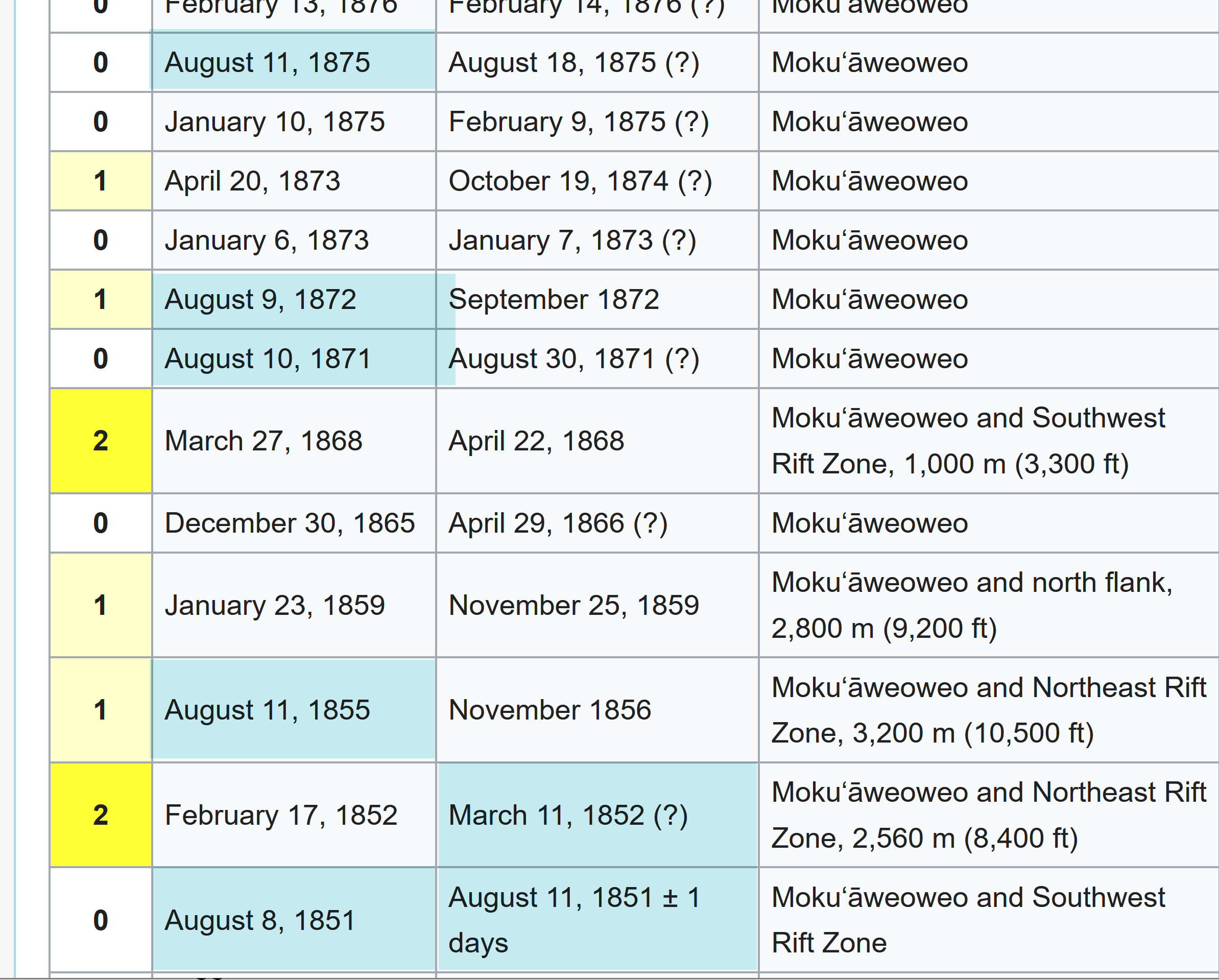
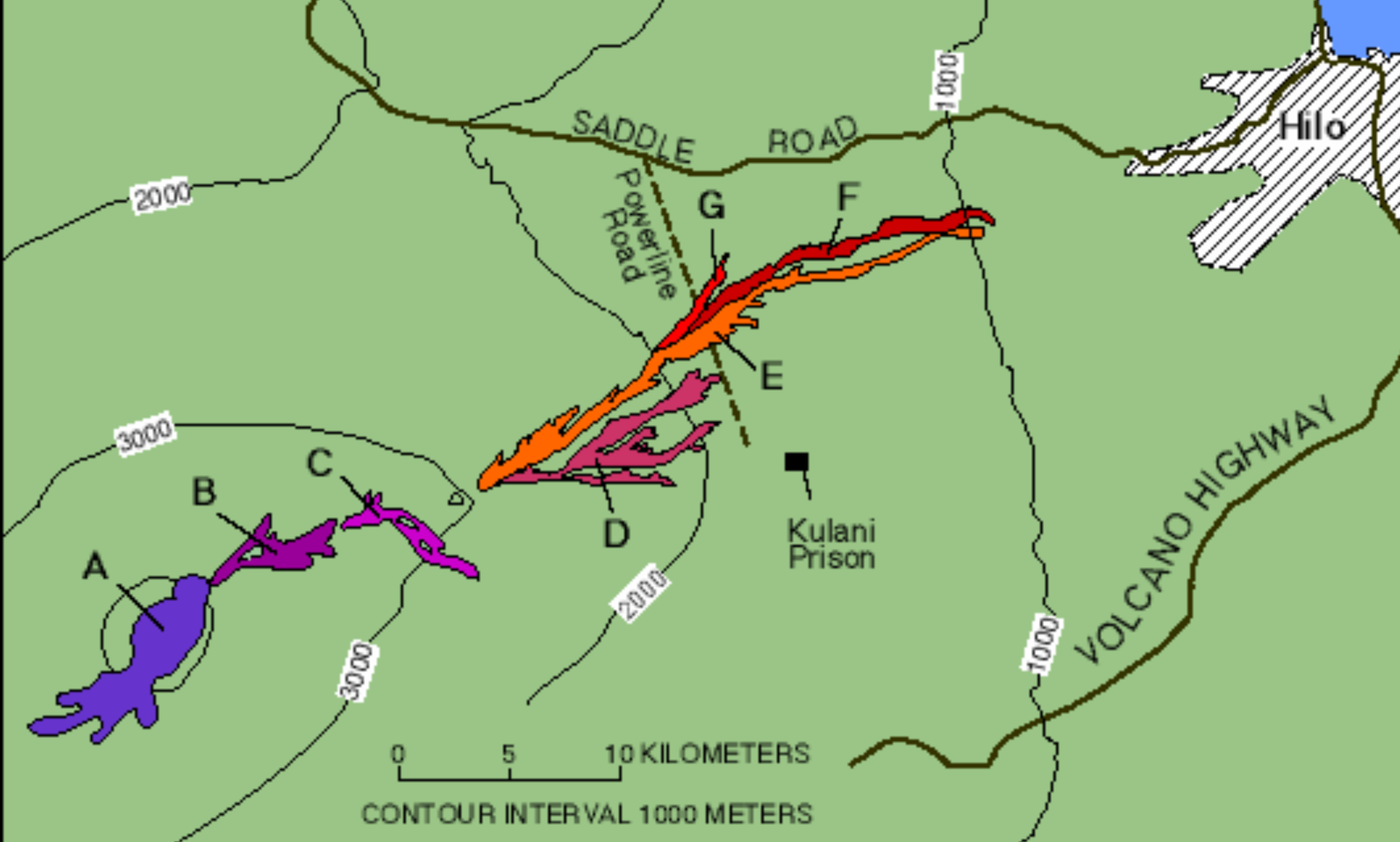
It’s been 36 years since Mauna Loa erupted in 1984
So calling for it’s Eruption is against the odds. The 1984 event threatened Hilo. My prediction is that this one will threaten the Kona coast cities.
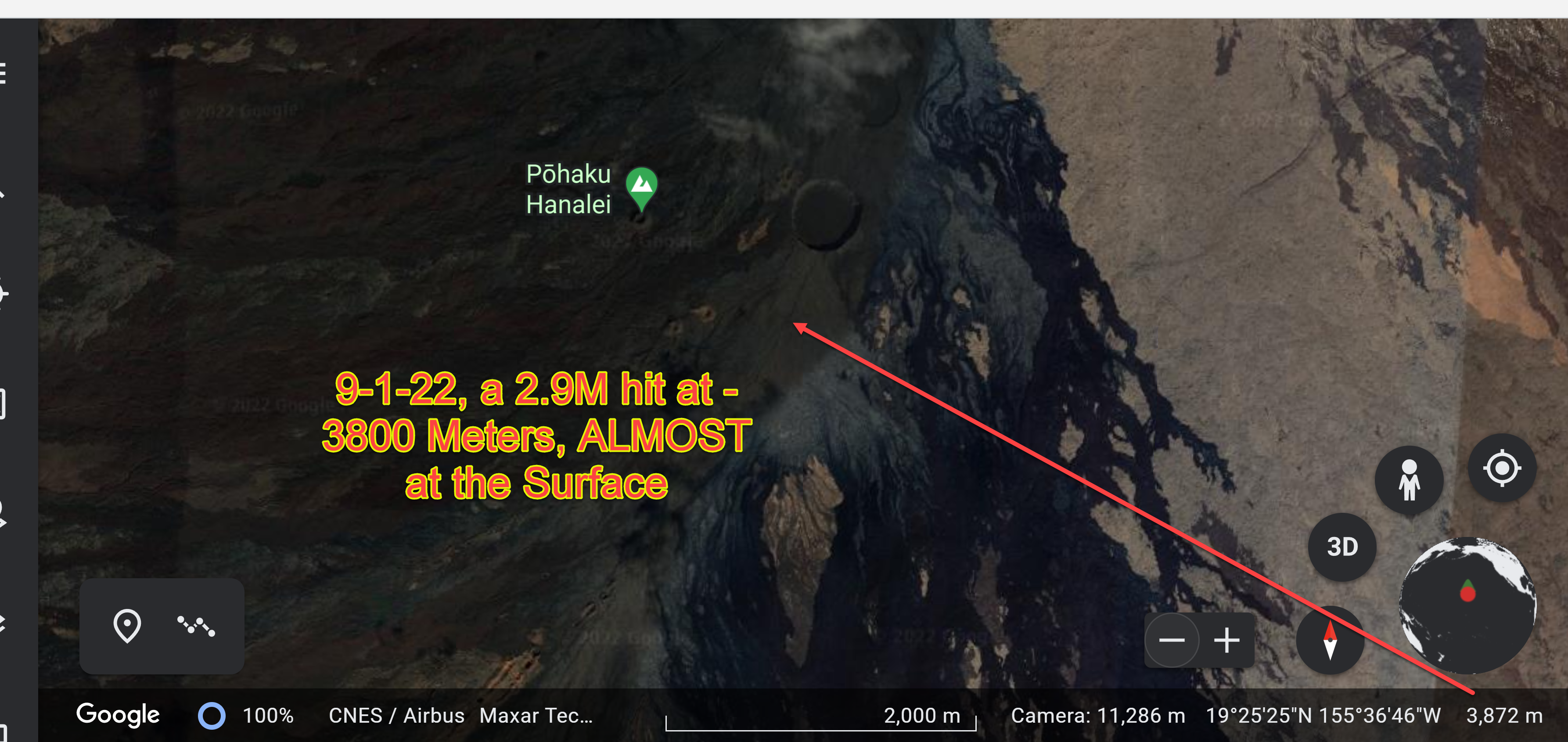
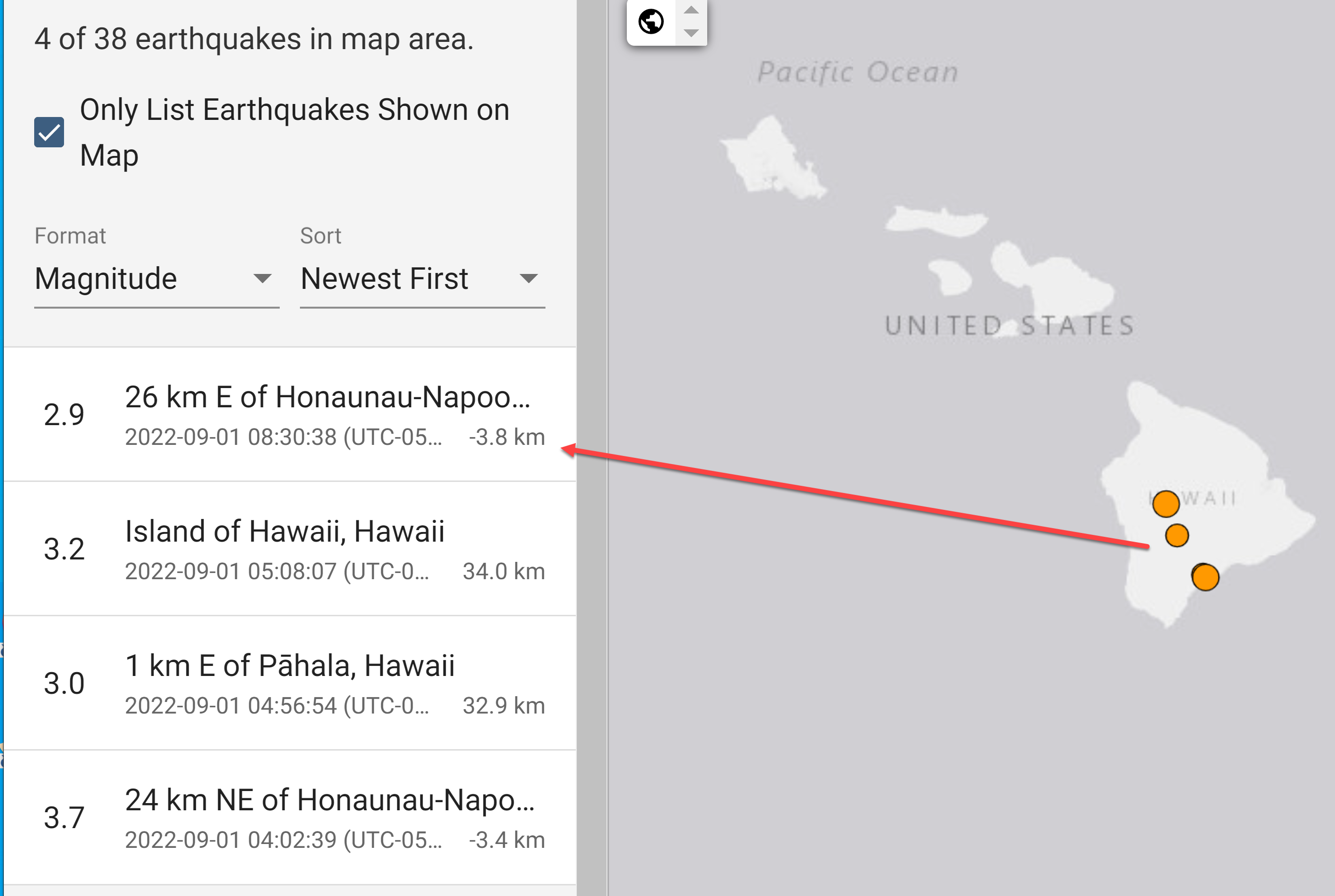
These guys do an excellent job, the
y don’t appear to be keyed in on the space weather, CMEs, CH, GCRs, nor the Indonesian trigger connection.
And here a summary of the 2018 Kilauea Eruption
2 replies on “Delta Class Sunspots — Predicting Eruption of Mauna Loa by Equinox or Shortly After”
Massive explosion on the sun causes blackouts near Australia and Asia – as NOAA shows a 45% chance of radio disruptions in coming days
https://www.dailymail.co.uk/sciencetech/article-13053059/sun-caused-blackouts-near-Australia-Asia.html
I saw those mixed magnetics on the Sun the other day, and it looked like one of the most likely explosive earth facing groups I have seen in years. A primer
Sunspots are temporary phenomena on the Sun’s photosphere that appear darker than the surrounding areas. They are associated with strong magnetic activity and are often accompanied by solar flares and coronal mass ejections. The classification of sunspots is based on their magnetic characteristics, and the most commonly used system is the Mount Wilson or Zurich classification.
Alpha Class (α): These sunspots have a simple, monopolar magnetic structure. They have a single magnetic polarity, either north or south.
Beta Class (β): Beta sunspots are larger and more complex than alpha spots. They have a more tangled, bipole magnetic structure, with both north and south polarities within the same sunspot group.
Gamma Class (γ): Gamma sunspots are even more complex than beta spots. They consist of multiple magnetic polarities distributed within a single sunspot group, creating a more intricate magnetic configuration.
Delta Class (δ): Delta spots are the most complex and potentially the most magnetically active. They have a bipolar magnetic structure but with a significant difference in the strengths of the positive and negative magnetic fields. This difference can lead to intense solar flares and other solar eruptive events.
Mixed Magnetic Class (M): This classification is used when sunspot groups exhibit characteristics of more than one of the above classes. For example, a group might have both alpha and beta spots.
The Zurich classification is commonly used to describe sunspot groups and is denoted by a letter indicating the overall complexity of the group (A, B, C, D, or E) and a number (from 1 to 3) indicating the sunspot group’s size. The letter represents the overall complexity, with A being the simplest and E the most complex. The number indicates the size of the sunspot group, with 1 being the smallest and 3 the largest.
For example, a sunspot group classified as “C3” would be of moderate complexity (C) and have a size of 3. The combination of letters and numbers helps solar observers and researchers categorize and understand the characteristics of sunspot groups and predict their potential for solar activity.